
I help gardeners grow
& beginners blossom.
No seed left behind,
no soil unturned.
Together we can have lots of fun growing
great gardens using simple practical tips.
- Featured in -





Start saving & storing your garden seeds for a more more sustainable future
SIGN UP to get the FREE Seed packet PDF
X CLOSE

Time to Seed and Direct Sow Seeds
It’s March – Growing is in Full Swing
By: Donna Balzer
Independent tomato breeder and nurse Karen Olivier loves starting her own seeds. “It’s one of the most fun things I do as a gardener,” says Olivier, from Ladysmith, BC.
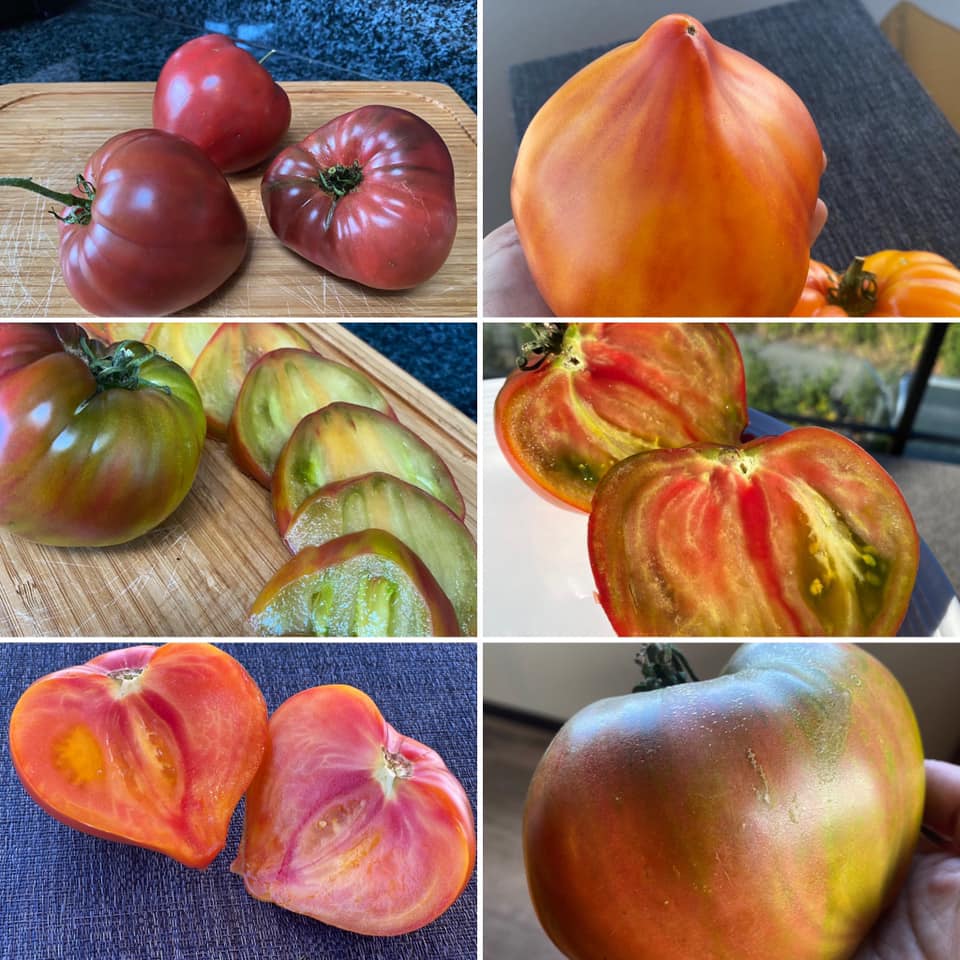
Karen’s fantastic series of Northern Tomatoes bred right here in Canada include Tundra, Midnight Sun, True Colours and Taiga
Karen is passionate about growing tomatoes and breeding her own seed, which began when she lived in St. Albert, Alberta. Her tomato introductions have been featured in high-end restaurants in San Francisco and enjoyed internationally via seed exchanges. (Listen to her podcast about breeding new Northern Tomatoes HERE )
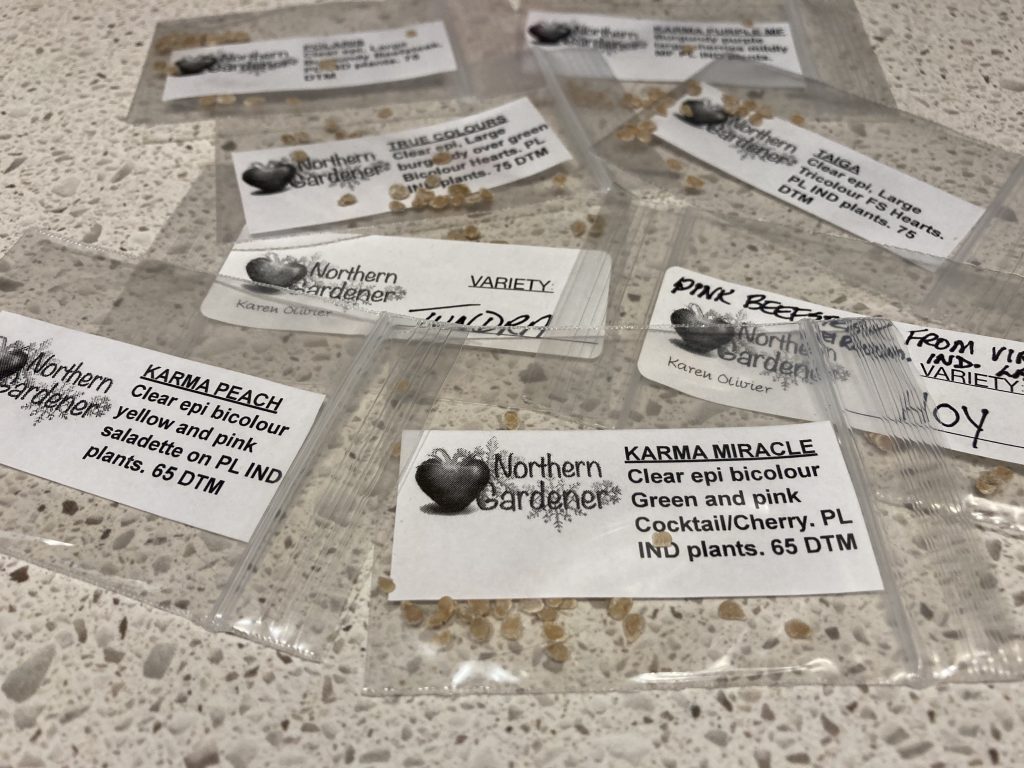
Karen’s seeds arrive in early March and I add them to my list. How exciting to get Canadian seeds bred in Canada by a Canadian!
Like Olivier, I grow tomatoes, and so much more. Our family eats food from our garden in Qualicum Beach every month of the year and many of the things we eat, like Sorrel, are already sprouting and growing.
Sprinkled on cold soil outside or coddled in moist paper towel on a heating pad, every seed has a growing preference.
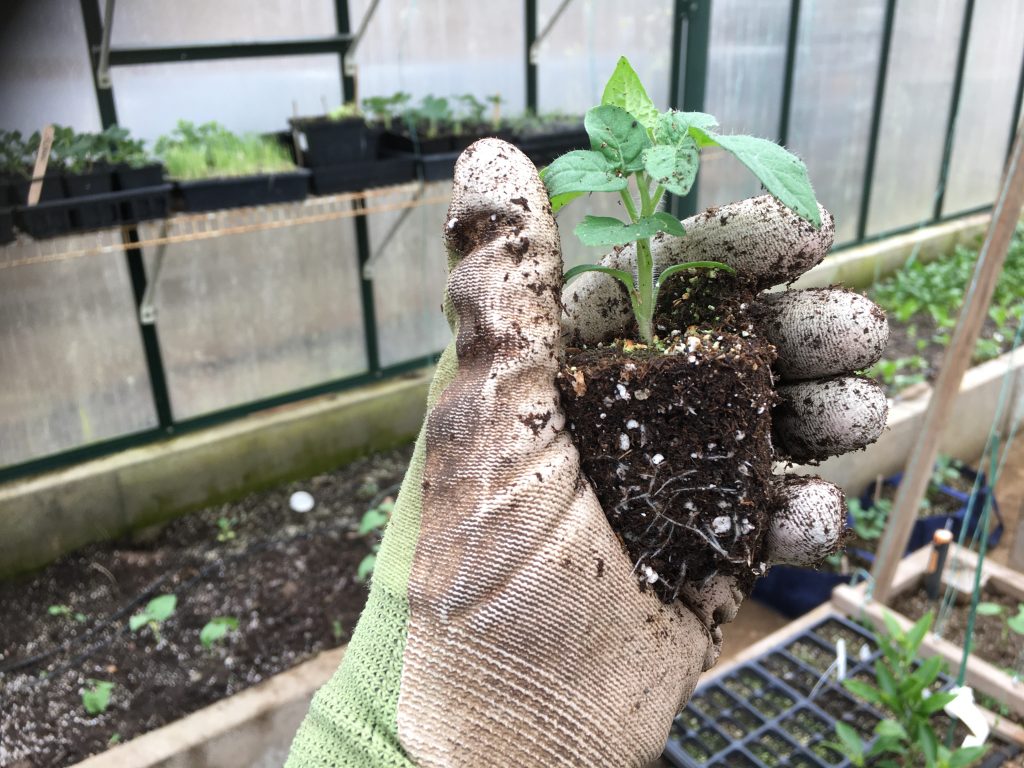
Tomatoes grown indoors or in the greenhouse do best when they are stocky and sturdy from start to finish.
Get Started:
It’s January 7 and I am starting a new kind of tomato seed. Exactly 2 months later I sell out of plants and move my last two seedlings up to a bigger indoor pot indoors.
I know it seems early but these tomatoes are called “house” and they grow from beginning to end in the house and then – just to be clear – they live in the house. Not a greenhouse, not a garden, but inside the house.
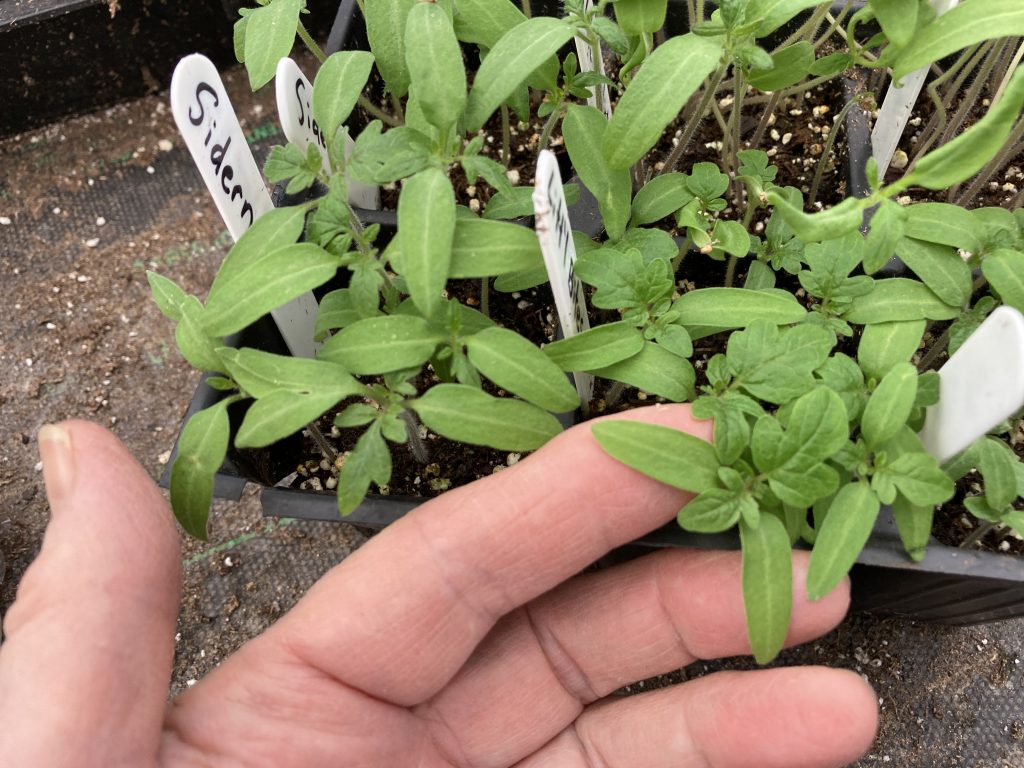
The first leaves on tomatoes are called “seed leaves” – they are narrow and strap-like. The second set of leaves are called true leaves and they have the typical tomato-leaf shape even at this small size. In my hand you can see both the seed leaves and true leaves on a tomato I am ready to transplant.
I start most outdoor tomatoes early to late March. I’m a lucky gardener with grow-lights and a greenhouse so I start early. If you are starting tomatoes in your house and planting directly outside in your garden, start late-March and plant outside in late May. If you have a greenhouse to transition the seedlings, start earlier.
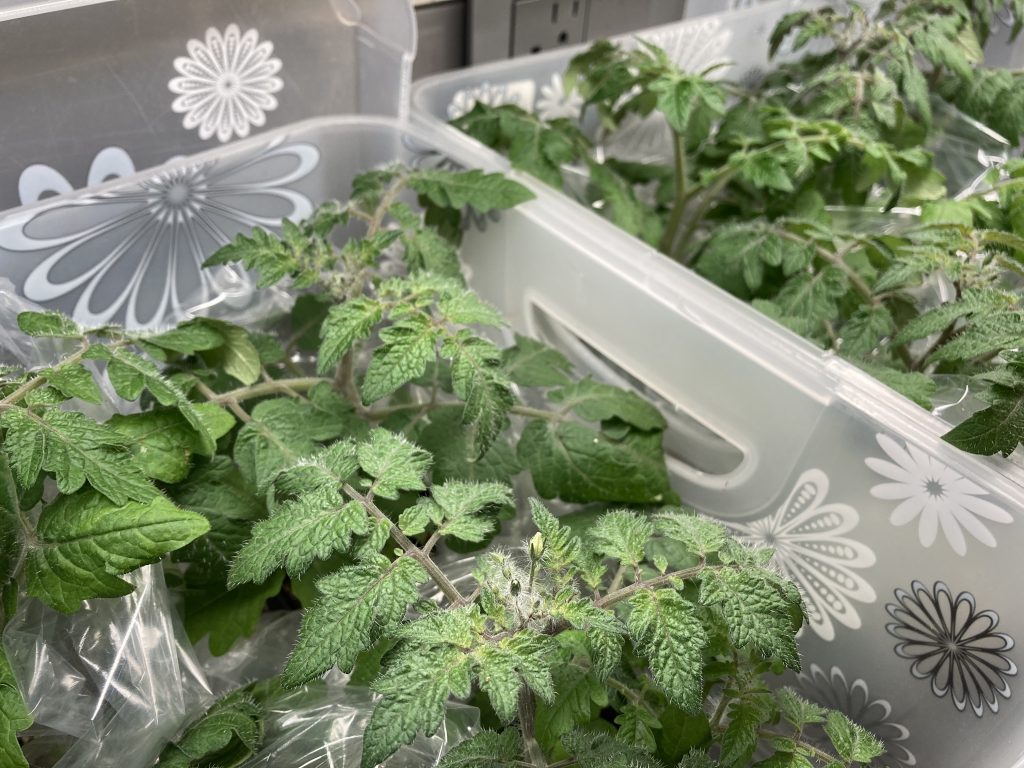
“House” tomatoes are all packed up and ready for market. They all sold by March 7 but the rest of my tomatoes are ready to transplant now so this will keep me busy over the next week.
Other seeds on the go already in my greenhouse include onions, leeks, artichokes, celeriac, geraniums and celery. This week I start alyssum, lysianthus, snapdragons, arugula, peas, broccoli and lettuce in the greenhouse on a heat mat. PS When started over heat, lettuce only takes 2 days to germinate.
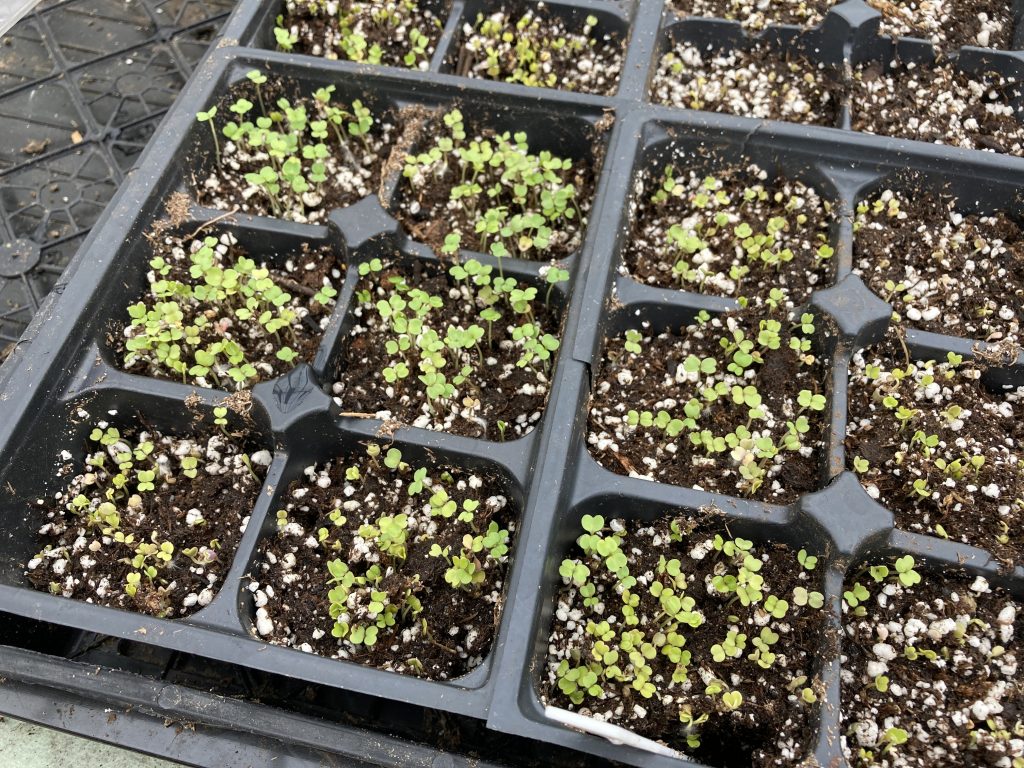
Arugula seeds germinate quickly and can be started early and transplanted outside or in a cool greenhouse because they tolerate frost.
What to start:
By late February my “house” tomatoes are 20 cm tall and blooming. I’ll have fresh tomatoes soon. Really soon.
Another forty-plus kinds of tomatoes are just up and some have a second set of leaves so I am transplanting them. Out of a possible 20,000 known types of tomatoes on the market, my little collection of 40 kinds of seeds seems a paltry contribution to food security.
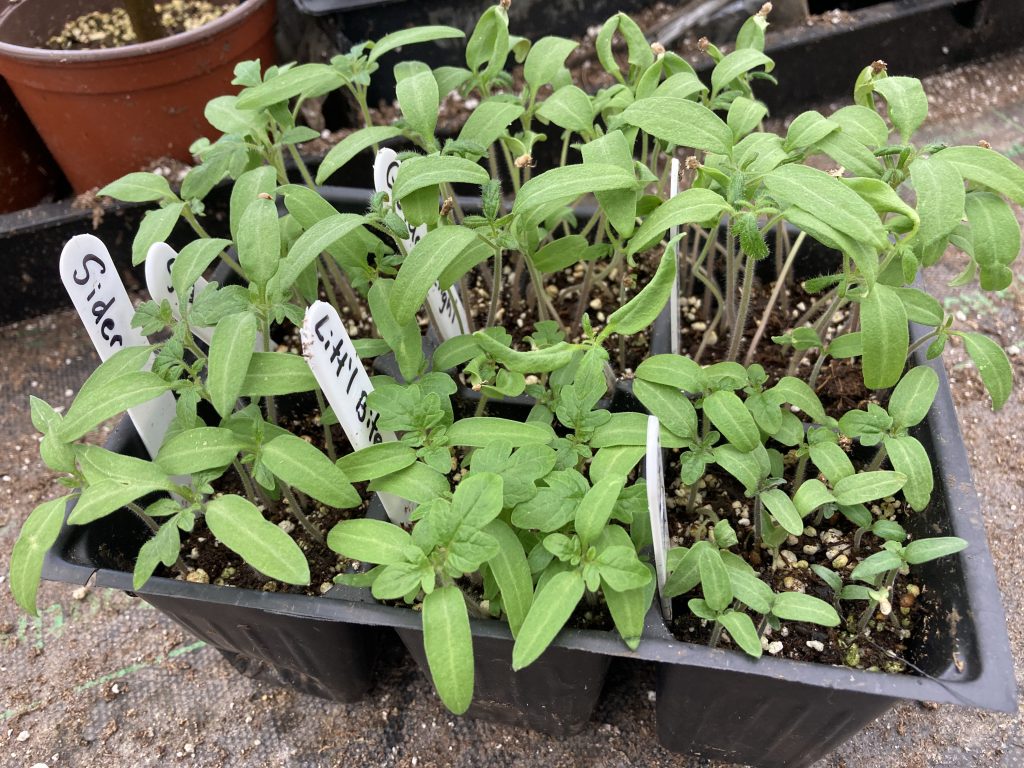
Each type of tomato is labelled and seeded into a little compartment of a 606 tray. I can easily have 60-100 seedlings in a single tray and 6 of these trays fit into a standard 11 x 21 tray on a single heat mat.
From black cherry to striped heart-shaped and yellow cocktail there is hardly room for any round red tomatoes, although I’ve got a few of those too, Send me an email with the subject heading “Tomato list” if you want to see my list this year.
Bottom line? March is my key month for starting tomato seed.
Seeds to sprinkle outside:
With Covid boosting the bread-making craze it only seems natural to plant poppyseed poppies for my homemade bread. Poppies prefer a cold spell before they sprout so I sprinkle seed on cold soil directly outdoors this month. I choose interesting seeds from Renee’s Garden heirloom offerings: Hungarian Breadseed poppy, Pepperbox poppy and Lauren’s dark grape.

Poppyseeds for bread are the newest things I am seeding directly outside this year.
First I scratch out a little patch of thawed soil in the garden, then I sprinkle the seed, rake it into the soil lightly and water. If it snows or rains before they sprout so much the better.
In the past I have also started Sweet peas, shelling peas, cosmos, bachelor buttons, radishes, spinach and snapdragons directly outdoor soil in March. Almost everything else is started indoors.
Seeds to coddle:
Some seeds take ages to sprout in soil, even in a warm, cozy space like a greenhouse on a heat mat. To speed up sprouting both peppers and artichokes place a double row on a moist paper towel. Tuck the towel inside a ziplock bag, seal it up and place it over a heat mat or heated floor, turning the package daily, and look for tiny roots emerging from seed. (it takes about a week)

Peppers are expensive and a bit tricky to grow so I germinate them first in a paper towel and then transfer each sprouted seed to a single section of a 606 tray. These peppers are a month old since soaking and they have their first set of true leaves.
When I see the tiny roots sprouting I gently pick up seeds and poke them into moist potting mix in a small cell pack or 4 cm pot. I water, put a plastic cover over the planted tray and wait. Seed will be up in a few days, I’ll remove the plastic cover and I’ll move plants into a bigger pots in April, before I plant peppers outside in late May.
Note: watch artichoke seed carefully. Some of mine rotted when planted it in soil and some rotted in paper towel. One day it is perfect and one day it is soft and mushy.
Seeds to start in batches:
To save space I plant each type of onion, tomato, rudbeckia or other seed in a single open container (1201) and I label it. The container could be a tiny yogurt tub or small pot and several seeds go into the damp potting soil all at once. Then I water, cover and wait. Once I see four leaves I separate and transplant the seed into their own 606 compartment or 4″ pot.
Exception #1: I like pots with several basil plants each so when I seed them I sprinkle more than one seed in each section and then transplant the whole clump into a 4″ pot. I do the same for small flowers like alyssum.
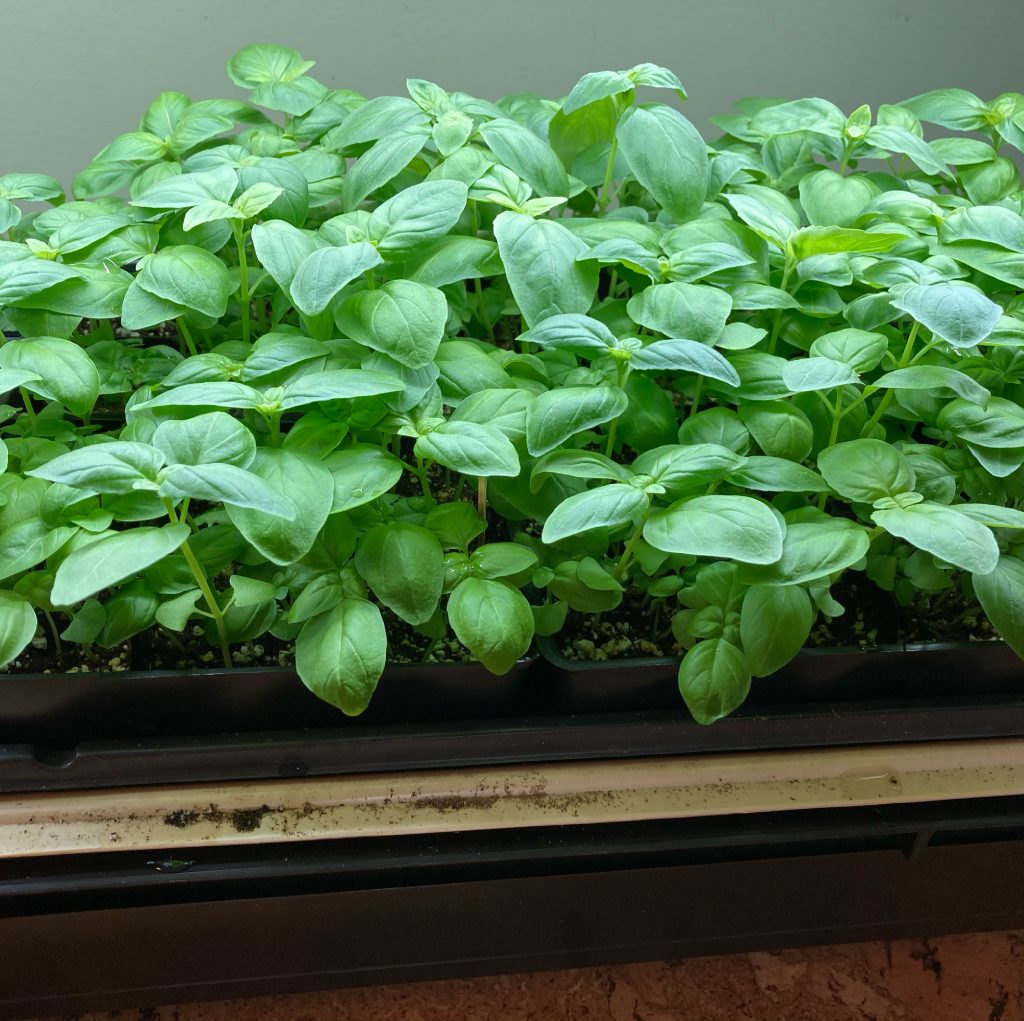
Basil lovers like a lot of basil so I plant clumps of it directly into little trays and then transplant each clump into a 4″ pot. Basil prefers to be grown indoors under lights but is such a great addition to any dinner so why not seed it early?
Exception #2: Onions are left in their seed trays (1201 trays) until later in spring. They get regular haircuts but they are not separated out into individual pots. Instead, they are root trimmed and planted directly outside when it is warmer.

Onions look and taste like onions right from the beginning but I leave them in their trays until they are ready to transplant outside.
Late Planted Seeds:
Karen says “I get excited every spring and I really have learned over the years to sort of hold off and not try to get a jump on things, because it really doesn’t benefit the plants at all to have them struggling along, either under the lights too tall or crowded as can be in the greenhouse without it being warm enough to set them out yet.”

One of Karen Olivier’s beautiful heart-shaped tomatoes from her breeding program. This image is from her Facebook Page (Northern Gardener Canada)
Simply put, some seeds are just better started later and they grow faster in the warm soil of later May or early June. These seeds include all the squashes, cucumbers, melons and beans. No point stressing these heat-seeking, quick-growing plants. Their time will come. Early spring is for hardy plants like spinach, arugula and peas. Early seeding also works for long- season seedlings like basil, tomatoes and peppers so let’s get at it.
“I’m going to walk out in my backyard, I’m going to pick my tomato and I’m going to bring it in the house and I’m going to make a salad versus do I need to ship it all the way from Mexico to Edmonton in the back of the semi?”
Olivier is talking about the big difference between growing and breeding a tomato for a home garden versus breeding a tomato to be grown, handled and shipped thousands of miles from country to country. The home garden is her domain and the tomatoes she grows in her backyard greenhouse are completely different that the tomatoes she buys at the store.
What are you growing for your family and garden this year?
Byline: Donna Balzer is a horticulturist and gardener who raises food for year-round harvest in Qualicum Beach, BC. For more information about seeds or gardening, including a podcast with Olivier check out her web page (donnabalzer.com)
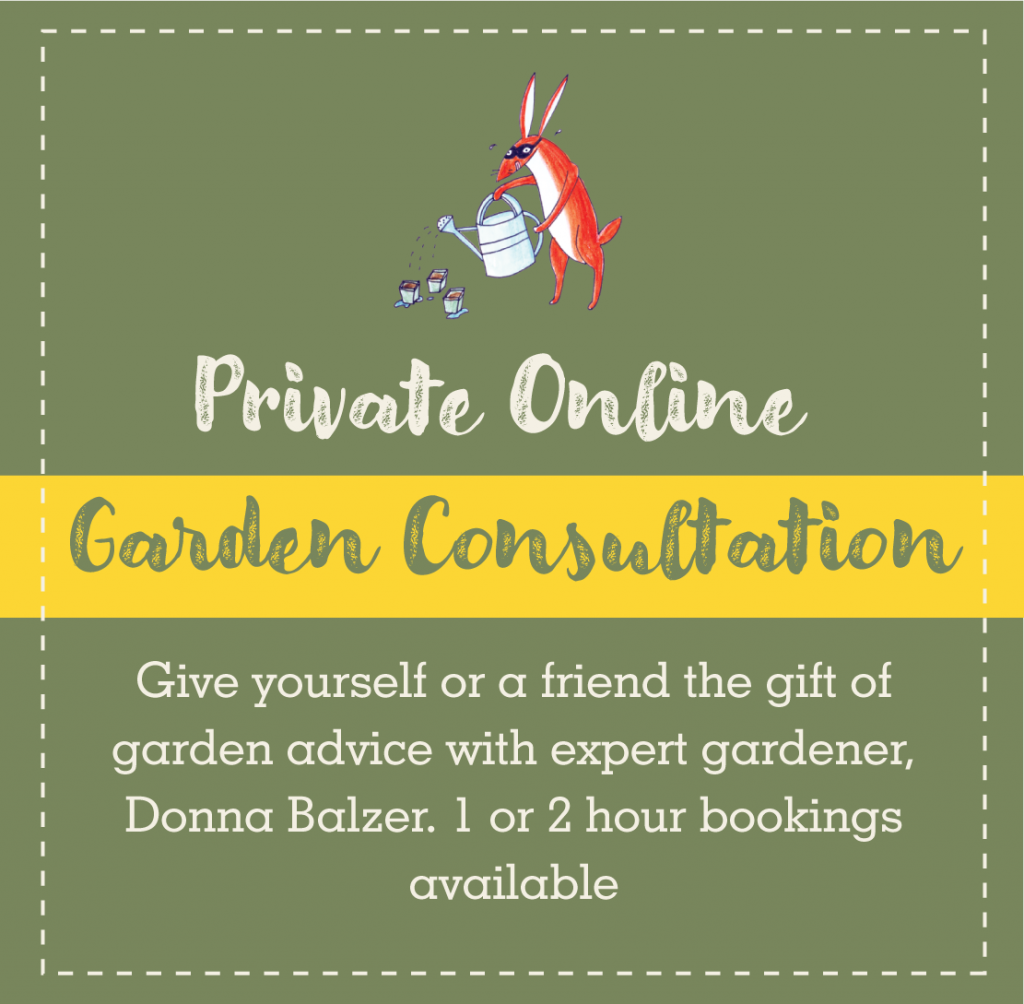
What Would Donna Do?
Get my growing and gardening tips and pointers throughout the season.






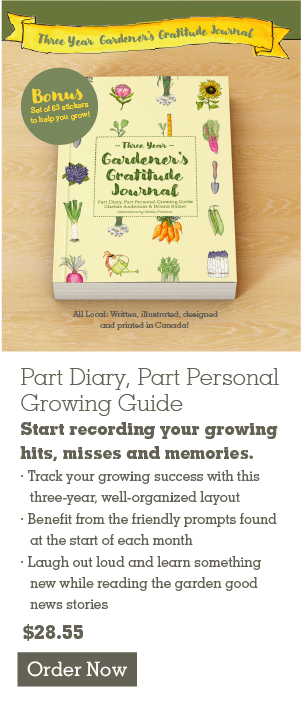





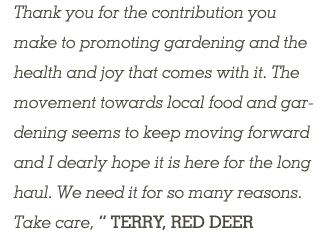
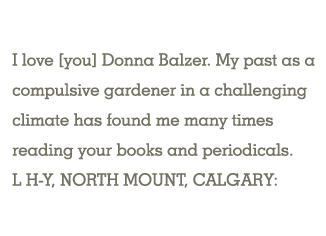
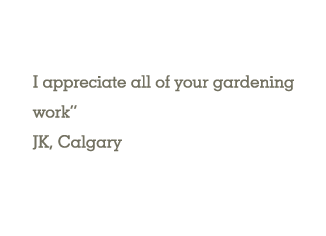

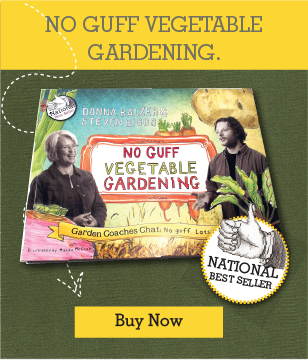
0 Comments